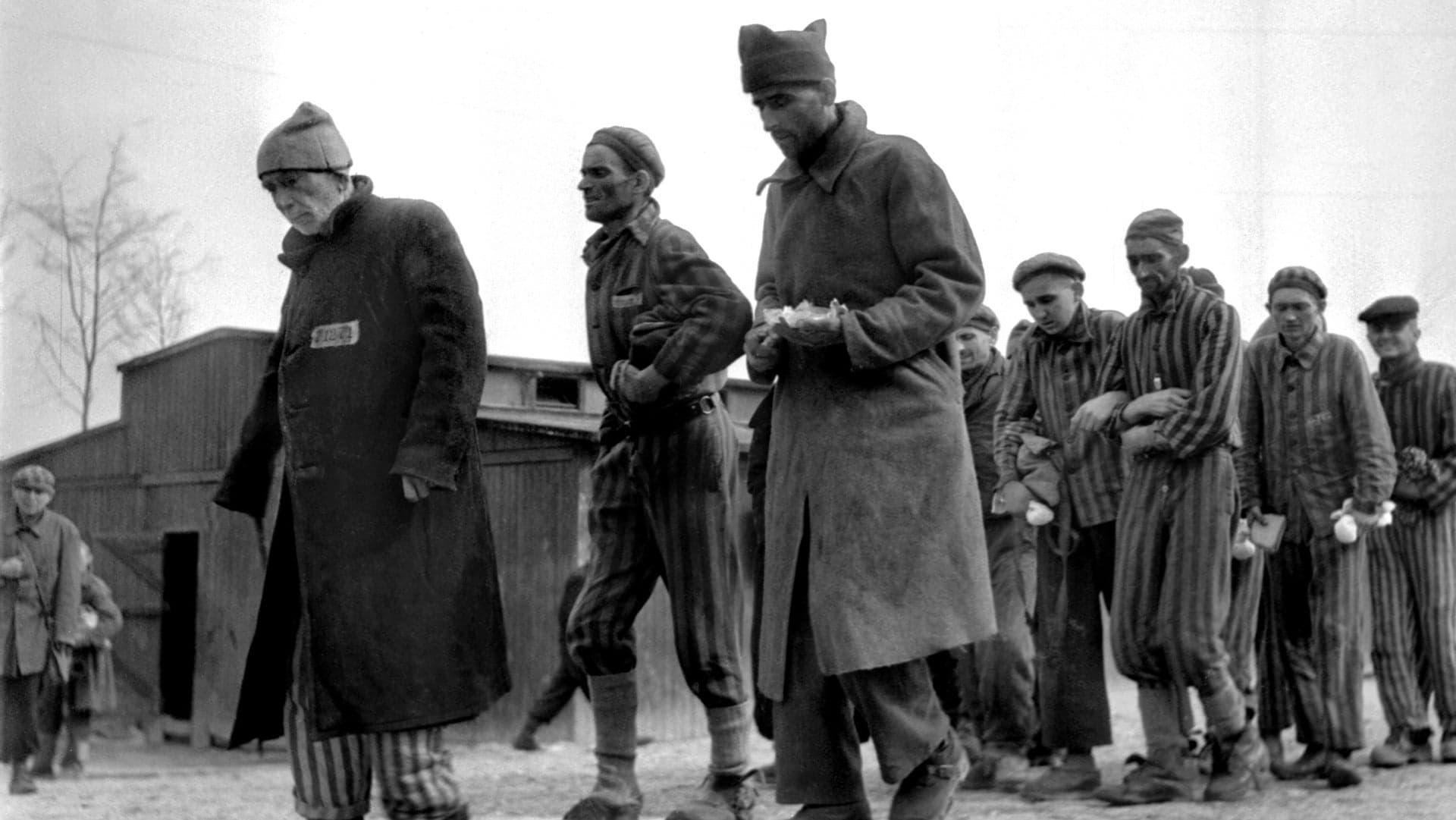On April 11, 1945, the American Third Army liberates the Buchenwald concentration camp, near Weimar, Germany, a camp that will be judged second only to Auschwitz in the horrors it imposed on its prisoners.
As American forces closed in on the Nazi concentration camp at Buchenwald, Gestapo headquarters at Weimar telephoned the camp administration to announce that it was sending explosives to blow up any evidence of the camp–including its inmates. What the Gestapo did not know was that the camp administrators had already fled in fear of the Allies. A prisoner answered the phone and informed headquarters that explosives would not be needed, as the camp had already been blown up, which, of course, was not true.
The camp held thousands of prisoners, mostly enslaved laborers. There were no gas chambers, but hundreds, sometimes thousands, died monthly from disease, malnutrition, beatings and executions. Doctors performed medical experiments on inmates, testing the effects of viral infections and vaccines.
Among the camp’s most gruesome characters was Ilse Koch, wife of the camp commandant, who was infamous for her sadism. She often beat prisoners with a riding crop, and collected lampshades, book covers and gloves made from the skin of camp victims.
Among those saved by the Americans was Elie Wiesel, who would go on to win the Nobel Peace Prize in 1986.
